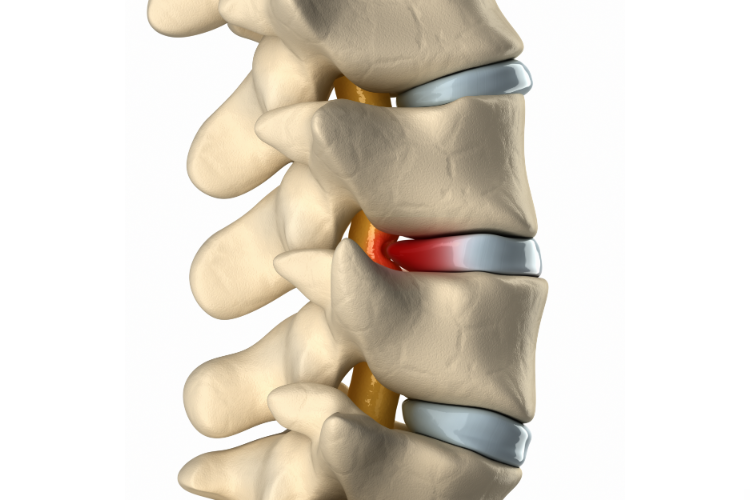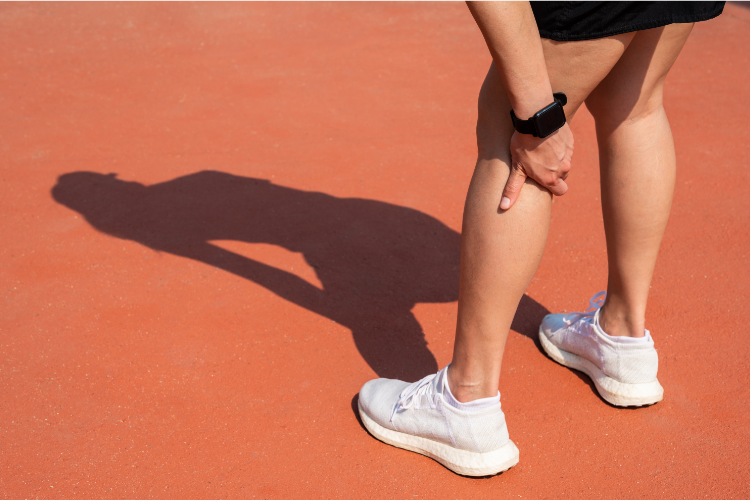Piriformis syndrome, a condition where the piriformis muscle irritates the sciatic nerve, often results in deep gluteal pain and discomfort. Unfortunately, this condition can often perplex both patients and practitioners, leading to a journey of trial and error in search of effective relief. However, it’s entirely possible to find relief from your pain and get back to the activities you know and love.
So, let’s take a closer look at piriformis syndrome, its causes, and the treatment options available. What should you know?
What Causes Piriformis Syndrome?
Piriformis can arise due to various causes—including from sitting for too long. Below, we look closer at why this condition happens.
Muscular Imbalance & Overuse
Piriformis syndrome is often attributed to a muscular imbalance within the gluteal region. The piriformis muscle, situated deep in the buttocks, plays a crucial role in hip rotation and stability.
However, when this muscle becomes overworked or strained—often due to prolonged sitting, vigorous physical activity, or even simple biomechanical irregularities—it can lead to spasms and tightness. This tension causes discomfort in the muscle itself and can irritate the nearby sciatic nerve, leading to the symptoms commonly associated with piriformis syndrome.
Injury
Another common cause of piriformis syndrome is direct trauma to the gluteal area. Injuries resulting from falls, sports activities, or even motor vehicle accidents can lead to inflammation and swelling of the piriformis muscle.
This inflammation can subsequently exert pressure on the sciatic nerve. The body’s response to injury—often involving muscle guarding and compensatory movements—can further exacerbate the issue, creating a cycle of pain and discomfort.
Anatomical Variations
In some individuals, the sciatic nerve runs through, or in close proximity to, the piriformis muscle rather than beneath it. This unique positioning makes the nerve more susceptible to compression and irritation by the piriformis muscle, especially in cases of muscle swelling or tightness.
Lifestyle Factors
Sedentary lifestyles, particularly those involving extended periods of sitting, can lead to weakening and tightening of the gluteal muscles, including the piriformis. This scenario is increasingly common in modern work environments and can contribute significantly to the development of the condition.
Conversely, athletes, especially runners and cyclists, may develop piriformis syndrome due to repetitive motions that strain the muscle.
Piriformis Syndrome Treatment
As stated above, trial and error may be necessary to determine an appropriate treatment path forward. However, often, treatment includes the following or a combination of the following.
- Medications or Injections: For immediate pain relief, doctors may prescribe anti-inflammatory medications or muscle relaxants. In more severe cases, corticosteroid injections may be used to reduce inflammation and pain directly in the affected area. However, these are usually considered short-term solutions.
- Heat and Ice: Applying heat or ice to the affected area for 15-20 minutes can provide temporary relief from pain and inflammation. Heat therapy helps to relax tight muscles and improve blood flow, while ice therapy can reduce inflammation and numb the affected area.
- Lifestyle Changes: Examples of this include reducing the amount of time spent sitting, using ergonomic chairs, or taking frequent breaks to stretch, which help minimize the risk of aggravating the condition. Additionally, modifying exercise routines to avoid activities that strain the piriformis muscle can be beneficial.
- Chiropractic Care: Chiropractors use various techniques to alleviate pain and improve function. Spinal adjustments can help realign the body and reduce nerve irritation. Additionally, chiropractors may employ soft tissue therapies such as myofascial release or trigger point therapy to relieve muscle tightness in the piriformis and surrounding areas. These treatments aim to reduce muscle spasms, improve mobility, and alleviate pressure on the sciatic nerve.
Book Your Appointment Today!
Is piriformis syndrome pain holding you back? With Precision Spinal Health, your local Chelsea Chiropractor is here to help. Together, we’ll determine what works best for you and help you overcome pain—no matter what the cause! Contact us today to feel better tomorrow.




